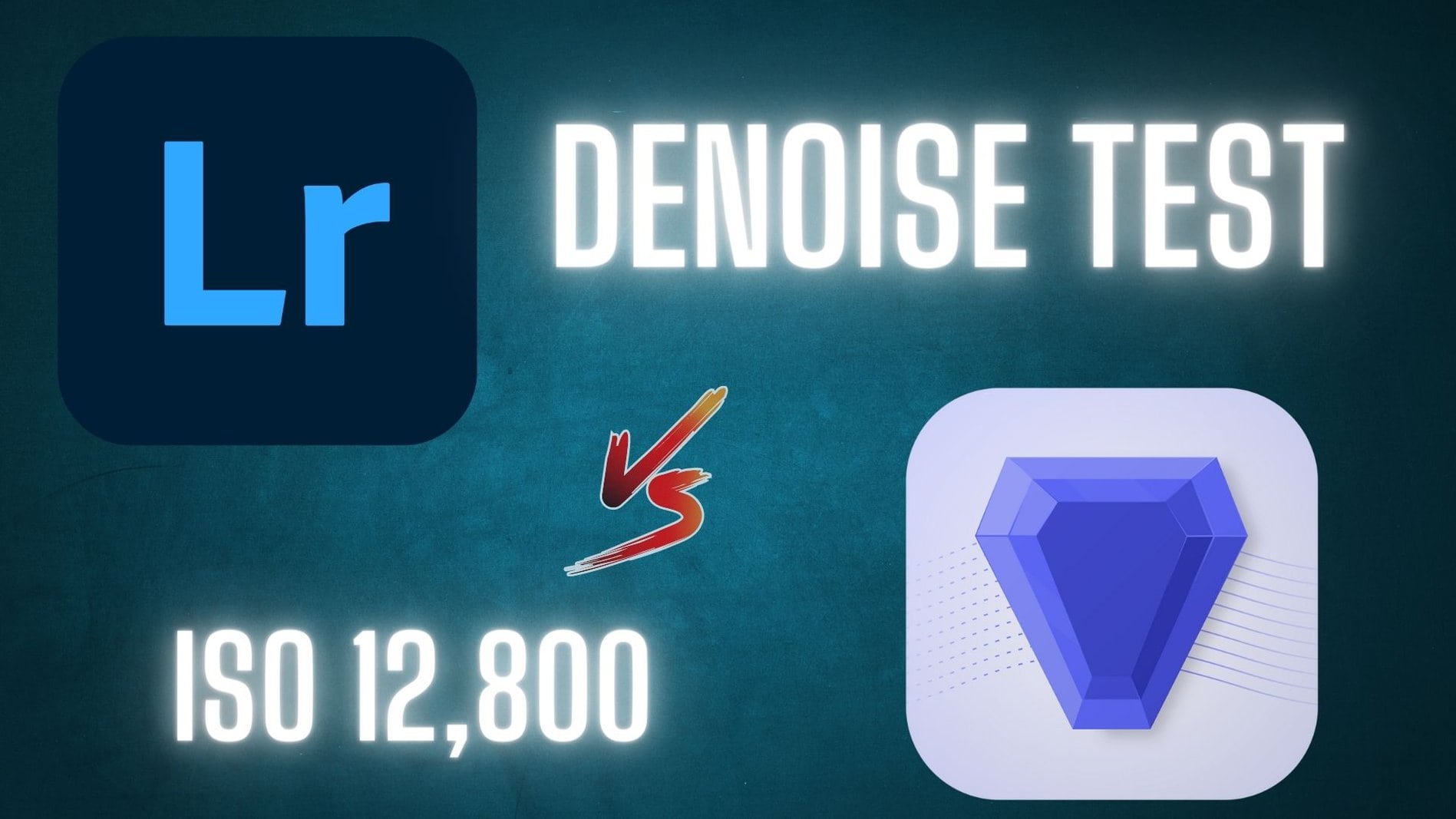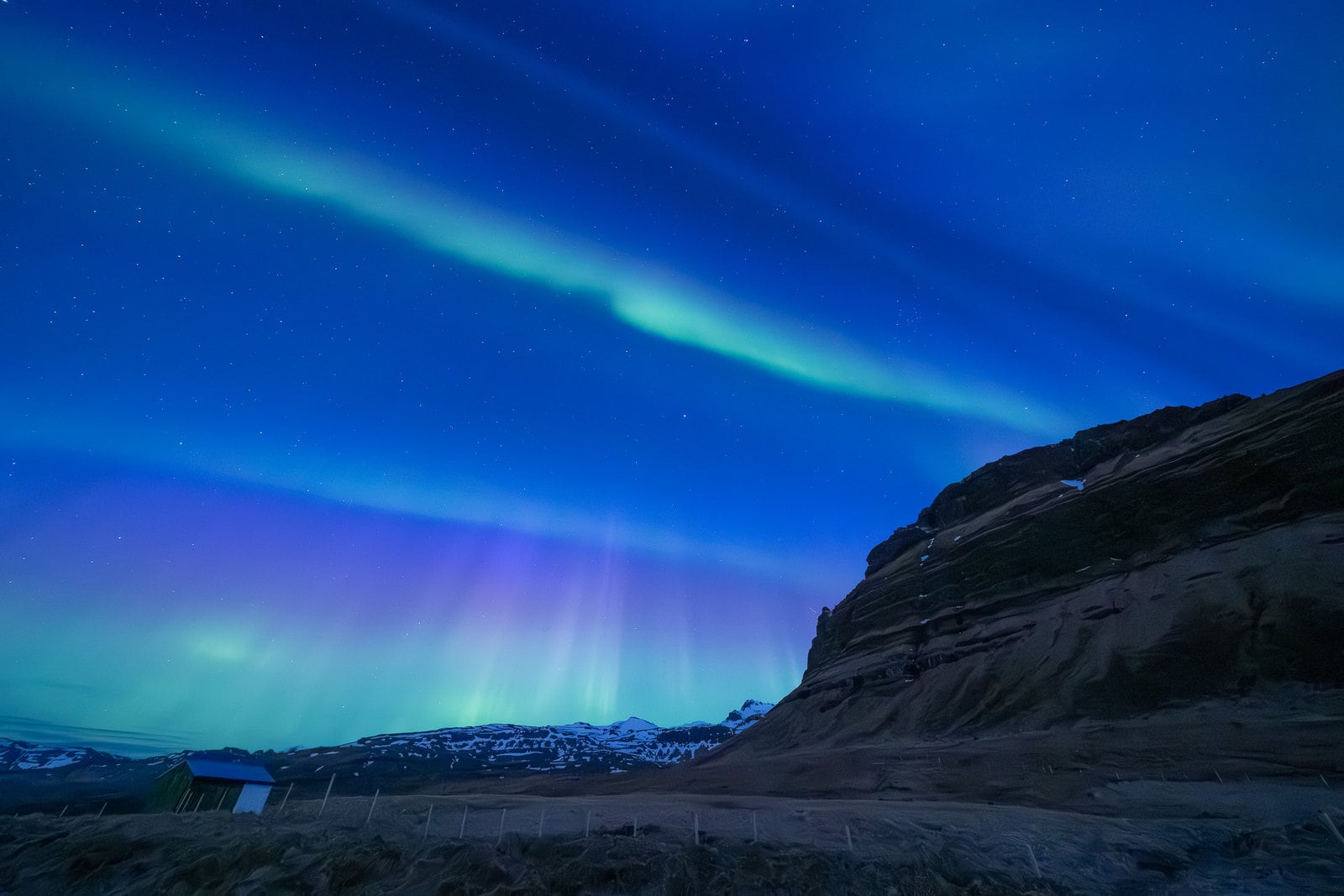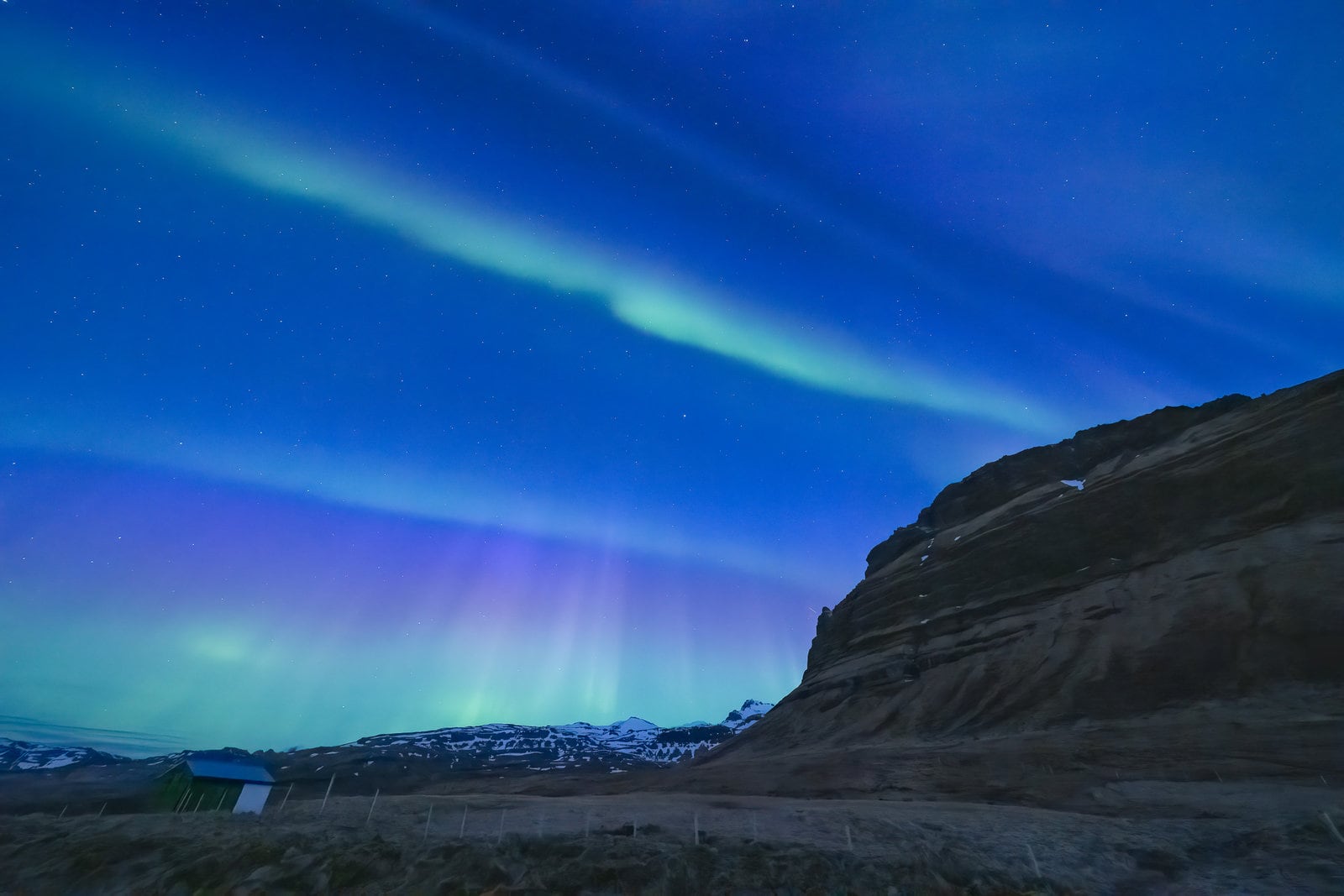Lightroom Denoise AI vs Topaz Photo AI and which one is better?

Lightroom DeNoise AI vs Topaz Photo AI Review and the surprising results.

Lightroom Denoise AI vs Topaz Photo AI Pro’s and Conns.
Lightroom Pro’s
- Denoise AI is built into Lightroom so there is no need to send it to an external plugin which can be time consuming as well as an external plugin being a memory hog due to having two editing platforms running at the same time.
- Lightroom includes a full industry standard editing platform and digital asset management solution.
- Lightroom is available for nearly the same price as Topaz Photo AI per year. Lightroom €12.99 a month (incl photoshop) Topaz Photo AI is €199.- a year and €99 a year for upgrades.
- Lightroom is the industry standard for photo editing software and there is a wealth of information out there on editing in Lightroom.
Topaz Photo AI Pro’s
- Topaz Photo AI also includes the following individual apps Sharpen AI , Gigapixel AI and DeNoise AI.
- Topaz Photo AI works as a plugin in several different editing platforms.
Conns
- Both of these software programs need a fairly powerful computer to process images quickly.
- They both cost you money to keep running and up to date.
- Neither of them work perfectly for noise reduction but no software package does as of yet.
Lightroom Denoise AI vs Topaz Photo AI Edits
Firstly, I edited the image in Lightroom Denoise and almost immediately the results were incredibly impressive. Putting the Denoise control at 70 percent removed all the noise from the image while it still keeping incredible detail in the sky and with a nice bit of detail in the foreground also.
I was more than impressed by the results. I have to say here that the very first time I edited one of the shots from this batch of images I was blown away by Lightrooms Denoise AI’s noise reduction, I had to check it a few times.
As some of you know I work with ON1, Luminar Neo, DXO and Adobe (up until last year I worked with Topaz Labs) so I am very familiar with nearly all the noise reduction software out there and this was more than impressive as a starting point from Adobe, more like a frighteningly good start tbh.
As you can see from the Original image above this photograph is destroyed in noise and the first edit I did in Lightrooms Denoise AI after applying 70% noise reduction improved the noise levels dramatically.
I wasn’t happy with the digital after effects along the bottom edge of the frame so I re-edited it towards the end of the video and below you can see the second edit results which look amazing at 56% noise reduction.

While there are still some CGI like effects along the bottom of the frame this could be easily removed with the brush tool in Lightroom by dropping the sharpness contrast or texture to make it a lot less obvious and this would again only take seconds to do.
So incredible results from Lightroom Denoise and very well done Adobe.
Topaz Photo AI Edit.
No pressure here now Topaz Labs ye just need to knock it out of the park or the new kid on the block could embarrassingly strike you out on its very first attempt.
So popping the image into Photo AI gave us fairly good results again immediately while using the auto pilot settings. The sky was super smooth but the foreground look very soft and blurred as you can see in the video above.
So I proceeded to play around with the settings manually and as you can see it took a bit of time. The final image below was the best I could get from Topaz Photo AI and yes it still looks soft when compared to the Lightroom Denoise results.
Now this was very surprising and I honestly expected them to be a good bit closer but that’s not the case today

Topaz Labs up until the last 12 months or so would have been considered one of the best programs out there for noise reduction but in the last twelve months they seem to be sadly slipping back down the pecking order rapidly.
Now if you are like me you have possibly been peppered with Topaz Labs ads on social media (maybe it’s just me) and I am wondering if there has been too much money diverted from product development into advertising and collaborations. Is it more about marketing now than results? What do you think?
Now in saying all that there could be hopefully a massive new update coming from Topaz Labs in the next couple of months but I would think we are more likely to get that Adobe AI sharpening facility before that (yes we all know that’s coming).
At the end of the day another company especially one as big as Adobe entering the noise reduction market is good news for us all (well maybe not for Topaz Labs), the more competition the better it is for us photographers so fingers crossed that these companies continue to push the boundaries and delve deeper into AI technology to help us achieve the seemingly impossible.
Who knows maybe the next time I am back in Iceland I will be shooting at ISO 25,600 and F11 to try and push these applications even further 🙂
See you out there,
Kieran.
